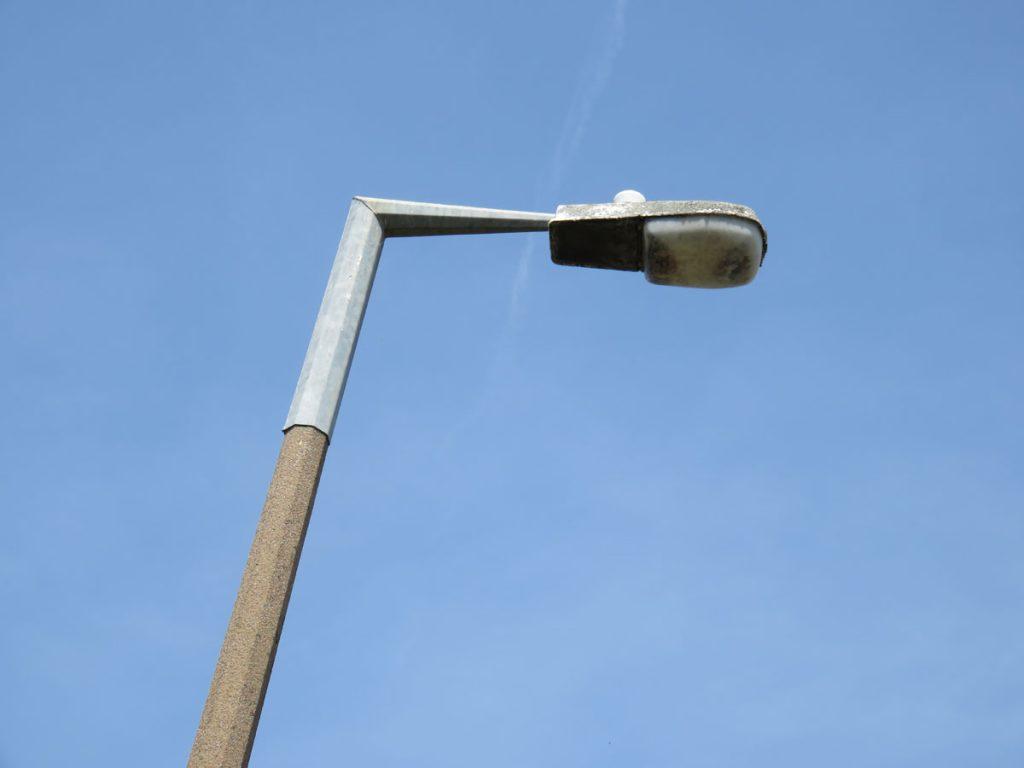“Random” street light upgrades explained
17/06/2022

A six-year £40 million LED conversion programme is suffering from shortages of labour and materials
by Andy Mitchell, Local Democracy Reporter
Shortages of labour and materials are responsible for the “fairly random” way in which Oxfordshire’s street lights are being upgraded.
Oxfordshire County Council reports that 38 per cent of street lights have been fitted with new LED lanterns that are cheaper to run and emit less carbon.
In 2018, the authority launched a six-year £40 million LED conversion programme and while a working group of the county’s Place Overview & Scrutiny Committee heard targets for conversion had not been met last year, the carbon reduction target related to it had been achieved “by installing different, more energy efficient lanterns than originally planned”.
The report acknowledged “some challenges around the procurement of materials and components” but said “those had been addressed by the council”.
Councillor Ted Fenton (Con, Witney West & Bampton) asked about how the programme was being delivered.
“From observations in my local area, it seems to be fairly random,” he said.
“Little groups are being replaced, there are a few that haven’t and then some that have. There are obviously technical reasons why they are replaced in what seems to be a patchwork fashion, have we got a target for getting them all done fairly promptly?”
Councillor Pete Sudbury (Green, Wallingford), the county’s cabinet member for climate change delivery & environment, suggested a target date of early 2026 provided the council experiences no more bumps in the road.
“As you know there were problems with supply chains in terms of steel for the lamp columns, chips for the lights, people to put them in and lorries to carry them so it depends if those supply chains continue to sort themselves out,” he said.
“What we did was switch to the ones where we didn’t have to replace the columns and we changed the priority to bigger ones to save more energy per hit to try to deal with the supply chain issue.”
A council officer added: “The reason you are seeing a sporadic approach to it is in order to maximise carbon emission reduction in this challenging supply chain environment.
“We have to target the high-consuming (lights), there has been a change in strategy there and we are only replacing columns where that is absolutely necessary.”
The report also highlights that the council “is also considering reducing street lighting at night to decrease energy usage and support biodiversity”.
The working group noted “the importance of balancing the safety of residents, particularly women and girls, with the environmental benefits of reducing street lighting at night”.
Published: by the Banbury FM News Team
